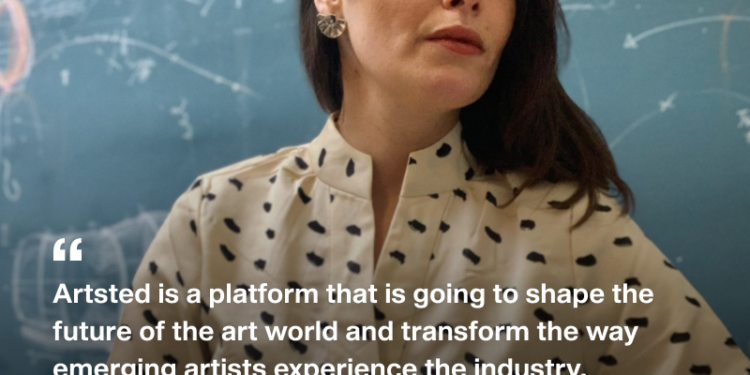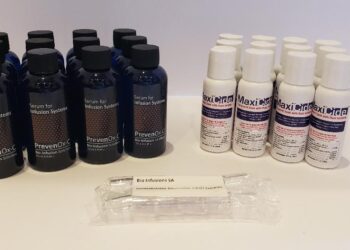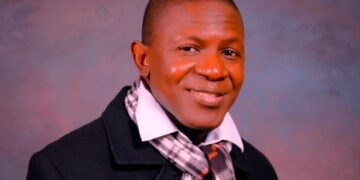Maryna Rybakova (b. 1997) is an art & technology entrepreneur and the CEO & Founder of Artisfact limited, the company behind the Artsted project. Her academic background is a BA in Cultural Heritage at EHU (Vilnius, Lithuania; Foggia Italy) and an MA in Arts Management and Economics at Catholic University of Sacred Heart (Milan, Italy). Maryna has also co-founded and is currently leading a non-profit organization ReA! Arte, the creator of ReA! Art Fair – independent emerging artists fair in Milan, Italy.
Please introduce Artsted.
In a nutshell, Artsted is a startup company that is operating as an online marketplace for independent artists and art collectors. Besides the standard marketplace features, like sales, curated sections, interviews with creators, and promotion of their work, Artsted is also relying on technology to deliver an unprecedented level of price transparency for the primary market. By price transparency, we understand a number of tools and indicators that we provide to our users, such as past sales and prices, or overall artist performance in form of charts.
Please describe your business model and process at lengths.
Just like most marketplaces, we rely on the sales commission of 35% in our operations, while some of the advanced technology-based features we are introducing for analytics will be available to Premium subscribers starting at 10 euro per month. As per the process, it is really quite straightforward: we scout artists from art schools and colleges, after which they can autonomously make their inventory available on the platform and submit the relevant career data that is then fed to our AI algorithm. Besides that, we have launched an Open Call to join the platform, it is safe to say that despite having a very specific target niche, only about 30% of all artists who applied to join the platform were selected. In our curatorial selection process, we have been supported by the curator’s board of ReA! Art Fair – one of our strategic partners. As per the criteria for selection, it was the artistic research, portfolio coherence, body of presented work, and artist statement that was taken into consideration.
On your homepage, you say “to use AI to help identify tomorrow’s blue-chip artists”. Could you please expand on the use of AI? How does your technology work?
So, it would be fair to say that our AI model is currently being tested as we are having more users join the platform and therefore more data to perfect it. The data to train the initial evaluations algorithm was taken from open-source auction house records (openly available auction results published directly on www.christies.com, www.sothebys.com, and fineart.ha.com for Heritage auctions) so we could match a market performance to a database of 400.000 artists. As a result, our proprietary algorithm (a unique algorithm, built entirely by our development team – based on the publicly sourced data) works the same way, reacting to the “trigger” data input, that artists provide, that the algorithm goes on to consider as significant for their career: an article in Artforum, a solo show in a mid-tier gallery, a selection for a biennial, an art prize shortlist are a few examples of the categories of data that influence the end result.
To put it quite simply, as an output we provide a number of charts and indicators for each of the emerging artists on the platform that point to their career performance. Along with that to guarantee further transparency we provide historical sales data for each artist, so all of the past pricing and past sales within our platform benchmarks could be used for reference.
What is your vision of the future art market?
I also believe that the recent NFTs movement may be creating new pathways for us to reconsider Blockchain for the arts – let’s see what the future brings! We at Artsted are currently working on a solution that will connect the traditional and the digital art markets, so do stay tuned with our updates!

















